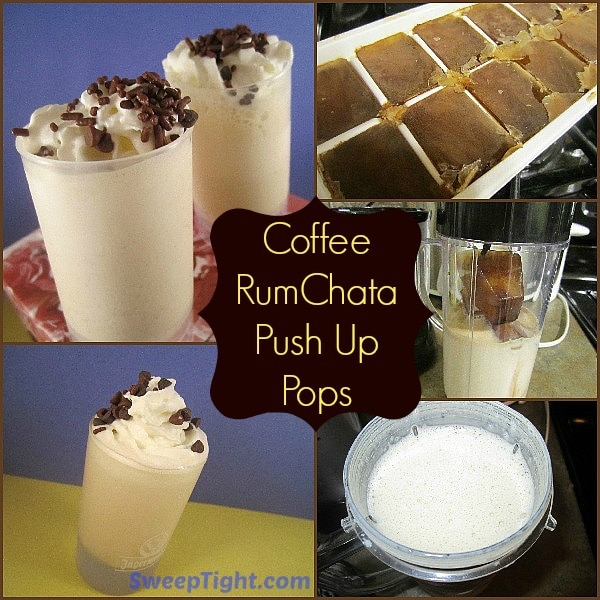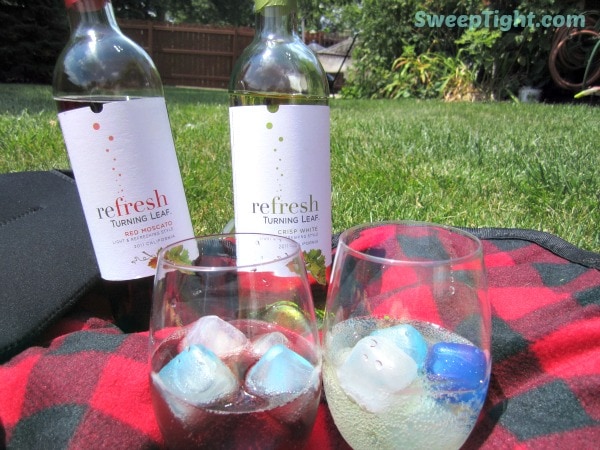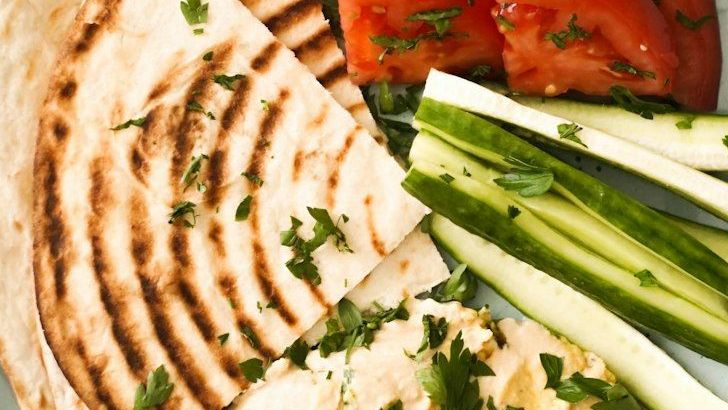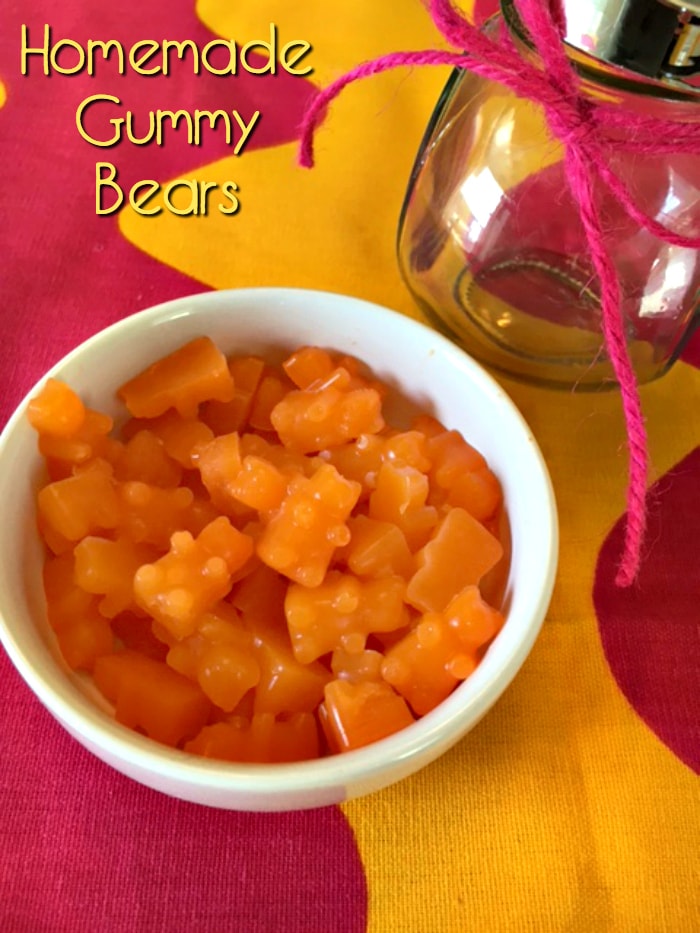5 Meals Middle-Class Moms Cooked in the ’70s, Historians Recall
Step into any suburban kitchen in 1975, and you’d catch the unmistakable aroma of comfort food bubbling away in casserole dishes. This was the decade when busy middle-class moms perfected the art of one-pot wonders and convenience cooking, creating memorable family dinners that still evoke nostalgia today.
The 1970s were a time of transition and experimentation in American kitchens. Families were busy, and life was moving faster, which started to show in how people cooked. These five meals represent the heart of middle-class family dining during that transformative decade, combining practicality with the kind of hearty satisfaction that kept everyone coming back for seconds.
Tuna Noodle Casserole: The Ultimate Family Stretcher
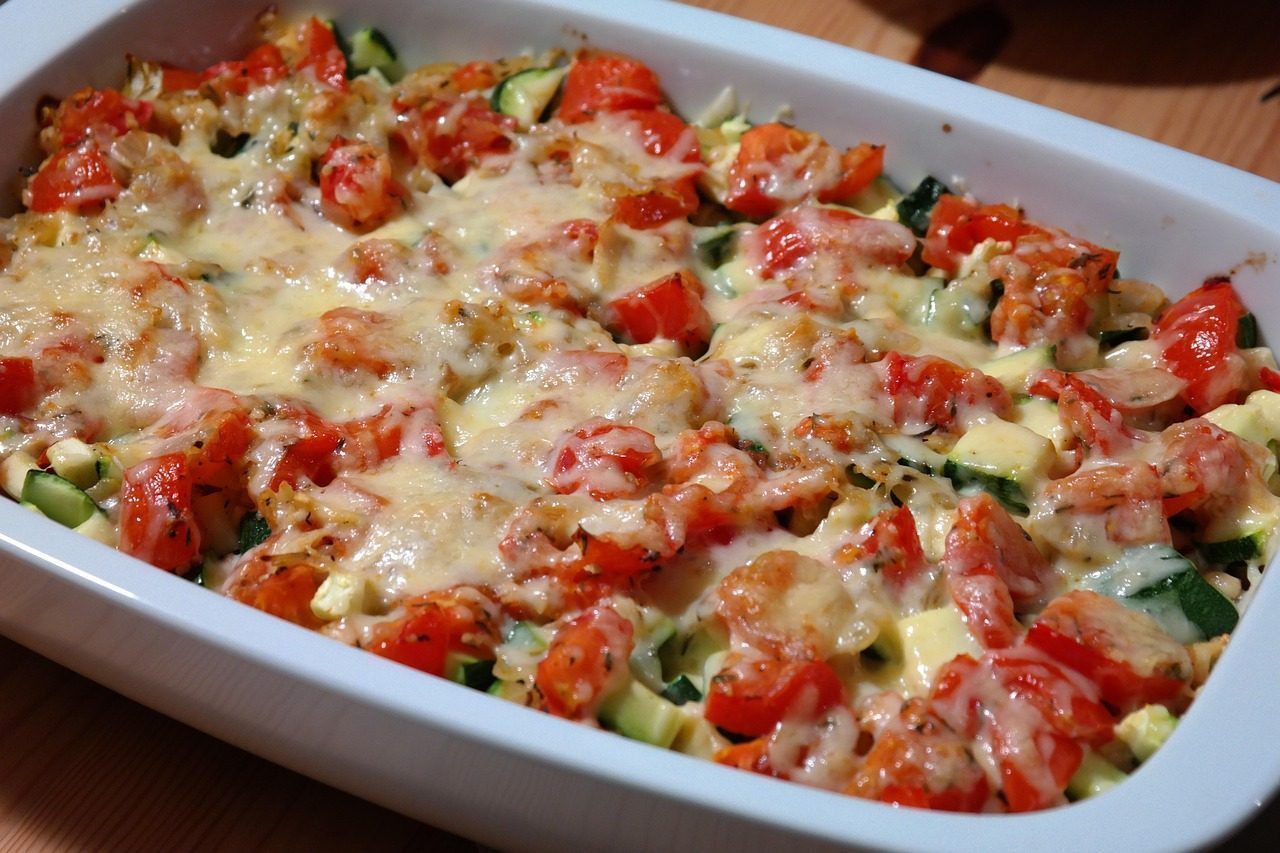
Born in the lean postwar years, this casserole had worked its way so deeply into the middle-class kitchen that by the 1970s it barely needed an introduction. The genius lay in its simplicity and reliability. It relied on ingredients that could survive in a suburban cabinet for months – egg noodles, cream of mushroom soup, and canned tuna, as well as a topping of crumbs, cornflakes, or potato chips gave it crunch as it baked.
Tuna was reportedly extremely popular in American households during this era, with tuna casseroles being among the most frequently prepared dishes. By the time we hit the 60’s and 70’s with the evolution of canned and frozen foods, it was more about convenience than economics. This dish became the backbone of busy weeknight dinners across America.
Hamburger Helper Casseroles: The Beef Crisis Solution
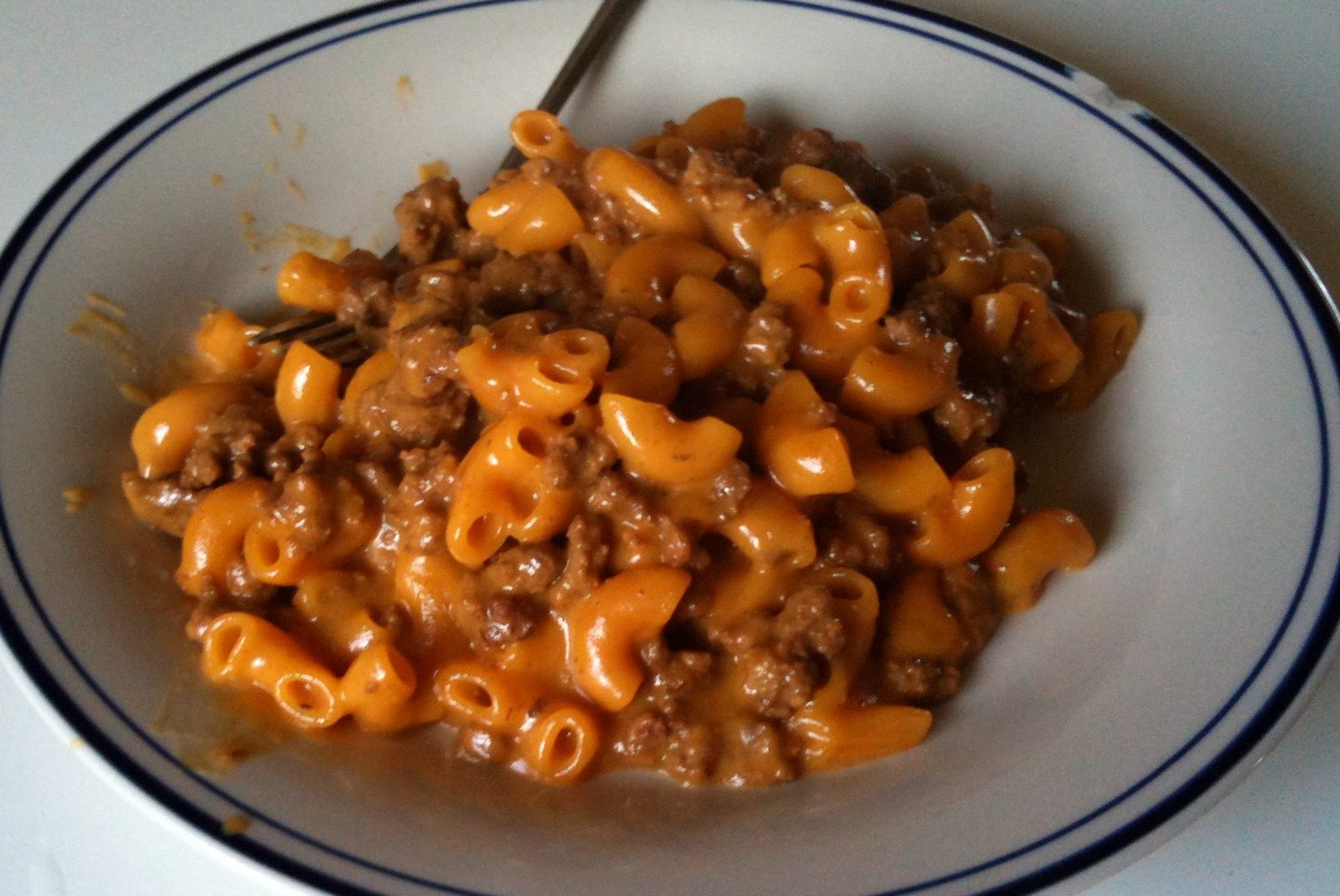
When General Mills launched Hamburger Helper in 1971, it was pitched as a stovetop solution for stretching a single pound of ground beef. By the mid-’70s, families were turning stroganoff, cheeseburger, and beef noodle versions into full-blown casseroles – baked in a 9×13 dish, topped with extra cheese, and made to feed a crowd. The timing couldn’t have been better for overwhelmed families.
According to General Mills, America’s weakened beef economy in the 1970s led to the launch of Hamburger Helper as a promise to stretch people’s dollar (and their beef) further. A meat crisis in 1972, caused by a change in the population of anchovies, drove up the cost of beef even more. 27 percent of households within the U.S. added Hamburger Helper to their pantries within its first year on the market, turning it into the regular stocking-up staple we know today. Middle-class families discovered they could create satisfying meals with minimal effort and maximum impact.
King Ranch Chicken: The Texas-Inspired Comfort Classic
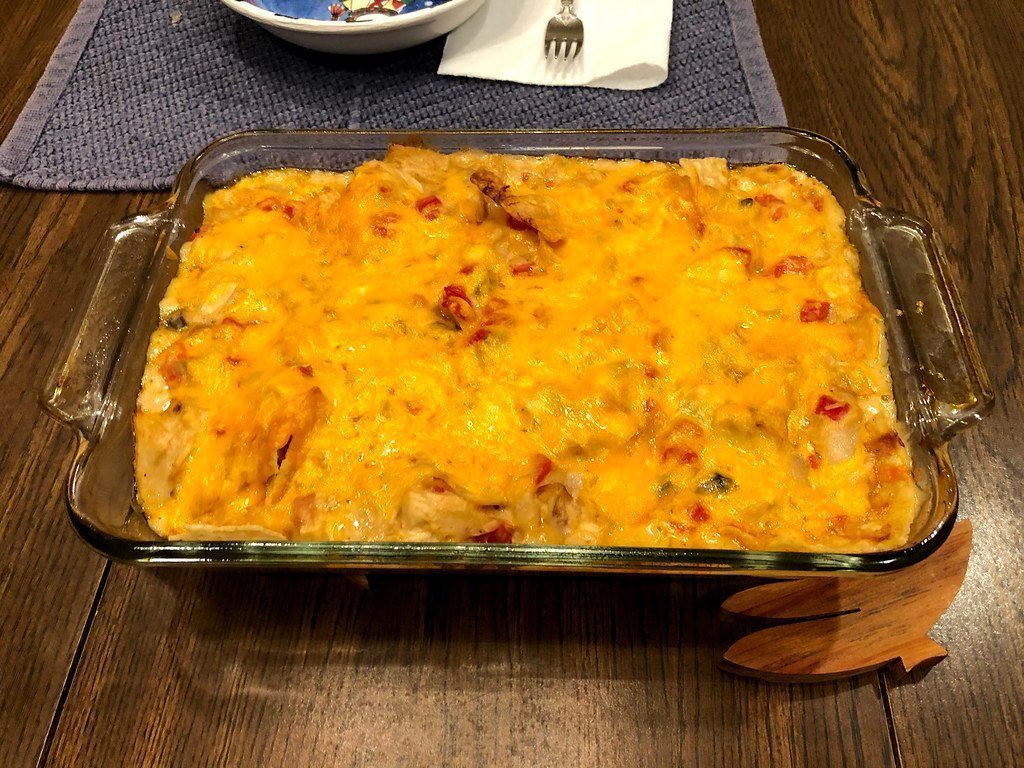
It likely originated in Texas community cookbooks in the 1950s and 60s, then swept through Junior League collections and church potlucks. Corn tortillas are layered with shredded chicken, Rotel tomatoes, cream of chicken soup, cream of mushroom soup, and a heavy hand of cheese. Despite having no actual connection to the famous ranch, the name stuck because it sounded authentically Texan.
Recipes that included ingredients like sour cream, taco seasoning, and various types of cheese became more common. Tex-Mex was starting to gain popularity, and dishes like nachos and taco salad began appearing on more dinner tables. This casserole perfectly captured the decade’s growing fascination with southwestern flavors while maintaining the comforting familiarity that middle-class families craved.
Meatloaf: The Budget-Friendly Family Centerpiece
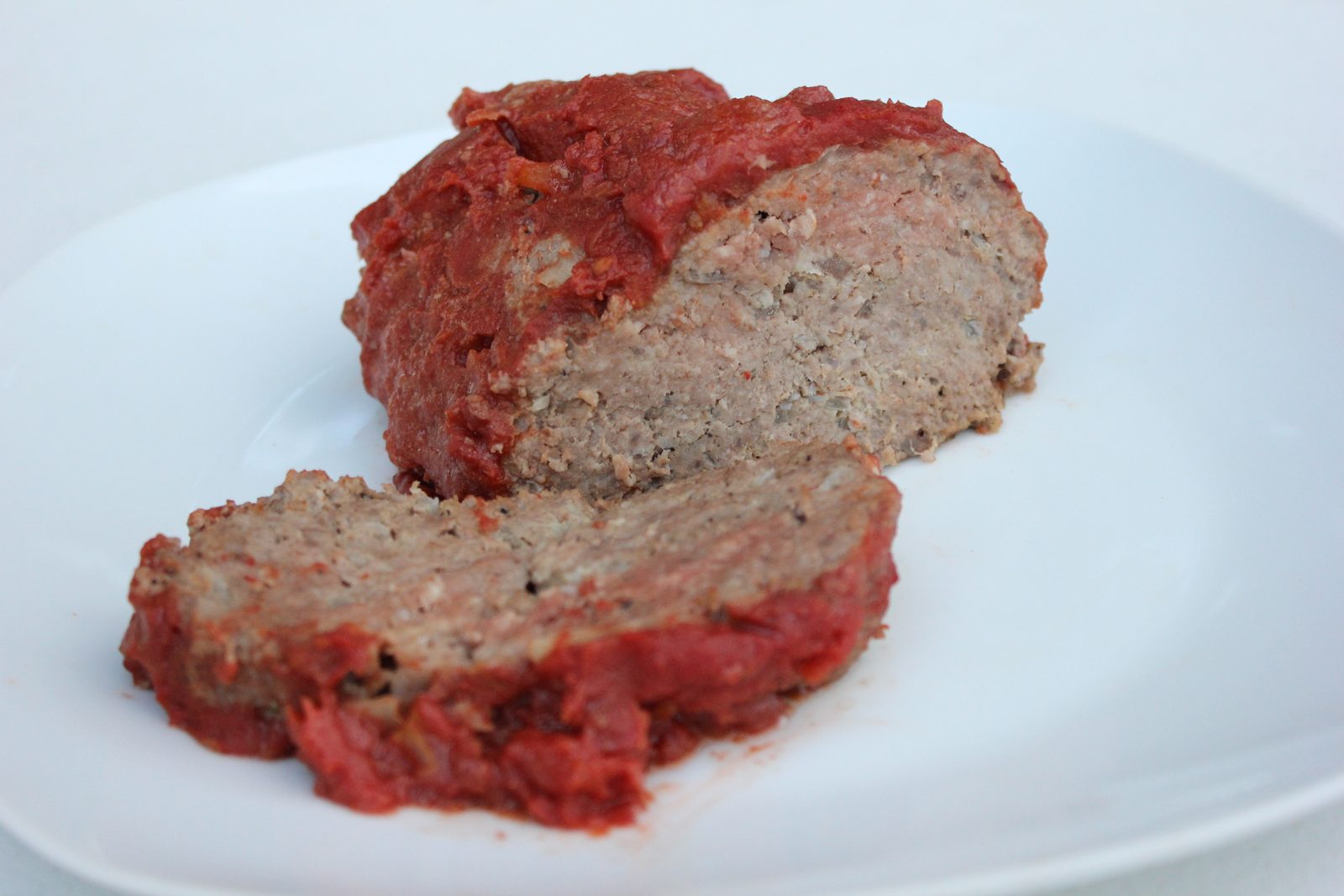
It was a great way to feed a family on a budget, and leftovers could be used for sandwiches the next day. The 1970s meatloaf often came with a ketchup or brown sugar glaze on top, adding a bit of sweetness to balance the savory flavors. This wasn’t just dinner; it was a complete family experience that announced itself from the moment you walked through the door.
Meatloaf turned budget into belonging and made Tuesday feel intentional. The slice, the shine of the glaze, the mashed potatoes waiting beside it, and the green beans that squeaked a little against your teeth. There were numerous recipes for meatloaf back in the 40’s so there was no one right way to make it. However, typical ingredients include ground meat, flour, eggs, milk, onion and tomato. The dish represented resourcefulness transformed into ritual.
Seven-Layer Casserole: The Presentation Powerhouse
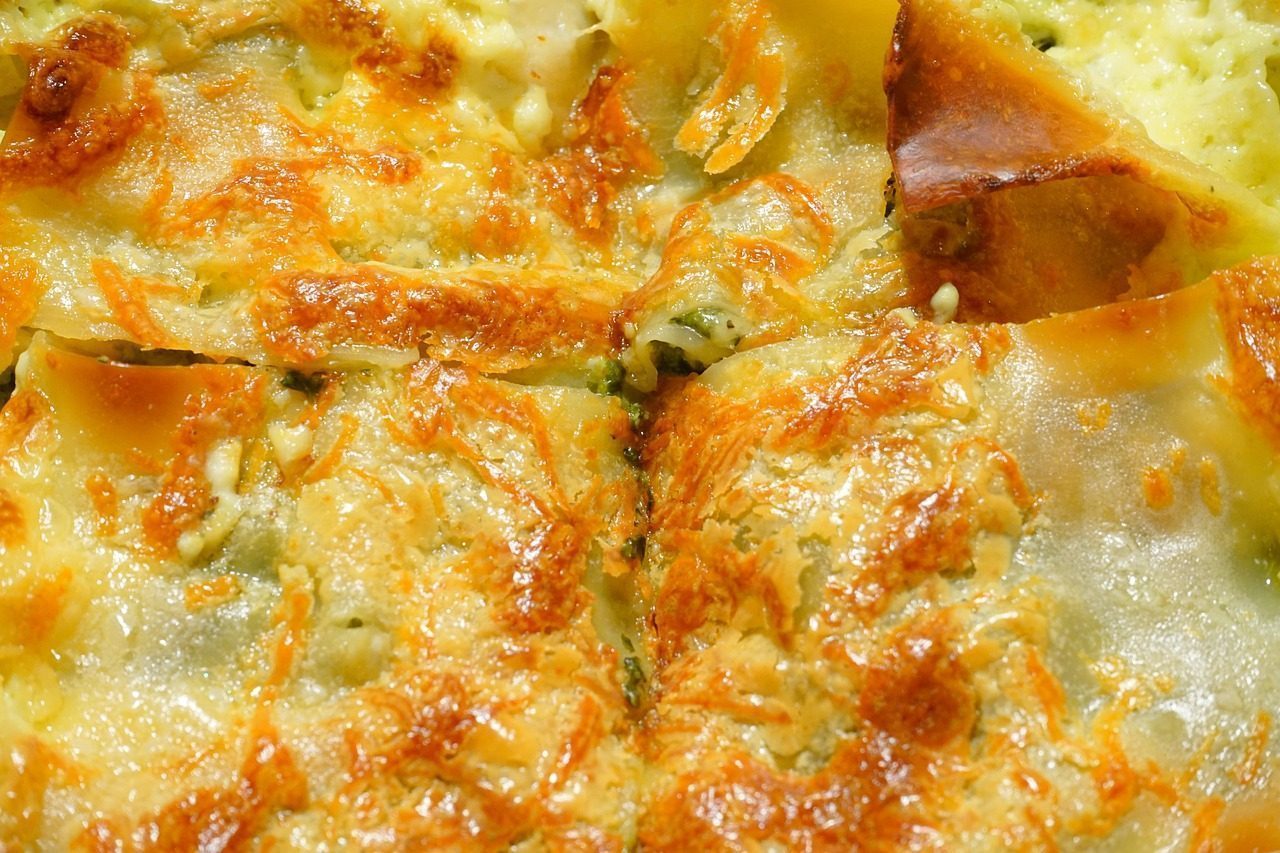
Seven-Layer Casserole is as much about presentation as it is about convenience. The ingredients are added raw – usually rice on the bottom, followed by ground beef, tomato sauce, onions, bell peppers, celery, and a final layer of bacon. As it bakes, the flavors mingle and the rice absorbs all the juices from the meat and vegetables, so by the time it comes out of the oven, you have a full meal in one dish.
This remarkable creation required no pre-cooking whatsoever. Middle-class cooks could simply layer ingredients in order, slide the dish into the oven, and emerge hours later with a complete dinner that looked as impressive as it tasted. The visual appeal made it perfect for potluck dinners and church gatherings, while its hands-off cooking method freed up busy moms to handle other family responsibilities.
These five meals tell the story of a decade when middle-class families balanced tradition with innovation, creating lasting food memories that still warm hearts today. Did you grow up eating any of these nostalgic dishes?

